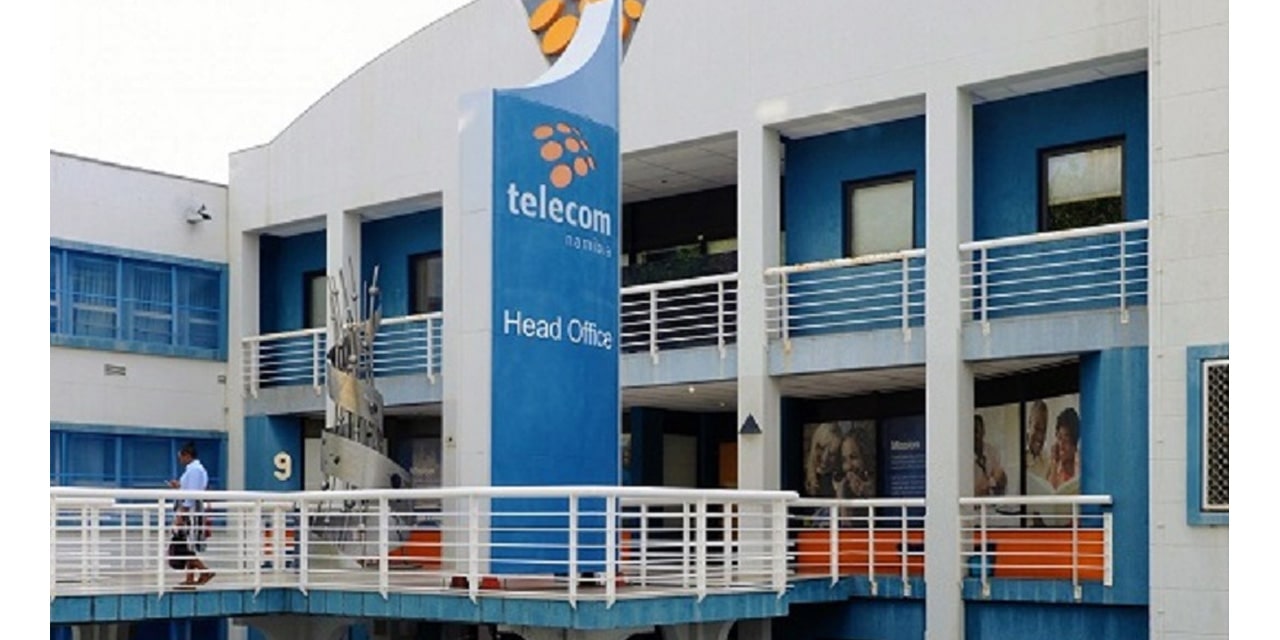Hertta- Maria Amutenja
Telecom is grappling with challenges as it undertakes a substantial expansion of its mobile and data services across the country.
The company has acknowledged difficulties in infrastructure investment, which have hampered efforts to modernise its network.
Stanley Shanapinda, the chief executive officer of Telecom Namibia, addressed these issues during an update on the implementation of the company’s mobile and data turnaround strategy.
He noted that the limited investment in infrastructure over the past decade has resulted in the company lagging behind in upgrading its mobile network to 3G and 4G standards.
“For a certain period, Telecom found it difficult to invest in infrastructure. The investment to modernise the network from 2012 and below was minimal, at a time when telecoms around the world were modernising their networks,” Shanapinda said.
Telecom currently operates 376 mobile base stations nationwide, which Shanapinda admitted is insufficient to cover the country effectively.
The company plans to add 500 new base stations, with 77 scheduled for installation during the 2023/2024 financial year.
“The plans for the 77 base stations are currently underway,” he said.
The company has also faced criticism from customers over persistent data service interruptions.
In response to these challenges, Telecom Namibia has embarked on a five-year transformative partnership with Huawei Technologies Namibia.
The company’s Integrated Strategic Business Plan (ISBP) 2027 includes the collaboration, which it announced in June.
Under this partnership, Telecom will procure advanced mobile radio access equipment from Huawei to enhance its network capacity and coverage, particularly in underserved areas.
As part of the ongoing expansion, Telecom has already launched pilot sites in Cimbebasia and Kariba-Goreangab, which are currently undergoing soak testing. The company is also constructing backhaul fibre lines to ensure optimal high-speed connectivity at these sites.
The rollout of the additional base stations is expected to be completed by the end of January 2025, covering key locations including Windhoek, Mariental, Otjiwarongo, Rundu, and Swakopmund, among others.
The introduction of additional LTE frequencies of 700 MHz and 800 MHz is anticipated to expand network coverage and improve data speeds.




